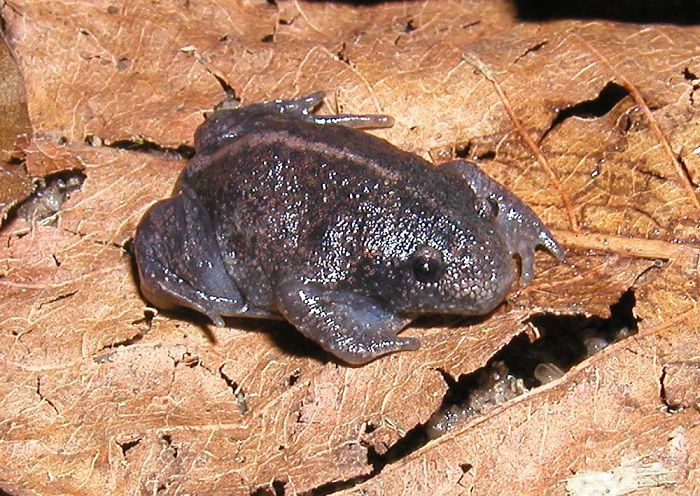Table of Contents
Spend some time digging around herpetology forums and you are likely to see the following question asked more than once: why is my toad bloated? Bloating is one of the more commonly voiced complaints among amateur herpetologists. It can be a confusing issue given the fact that some species of toads might look bloated even though they really are not.
Legitimate bloating can be caused by so many things. As robust and hardy as toads are, their bodies are subject to all sorts of influences that affect everything from body weight to mobility. Even captivity doesn’t necessarily shield them from those things.
If you have ever wondered why a pet toad might appear bloated, consider the following possibilities:
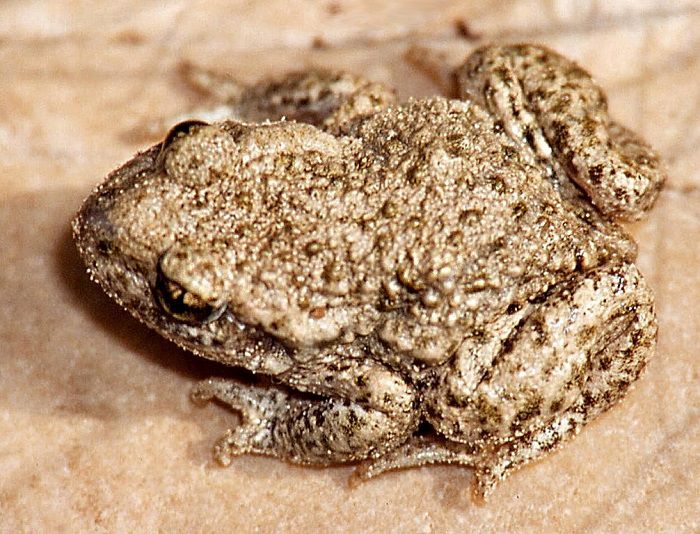
Common Midwife Toad 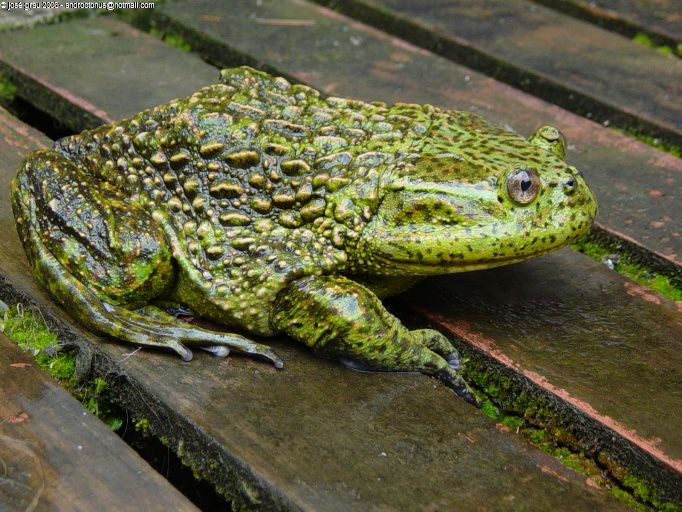
Helmeted Water Toad 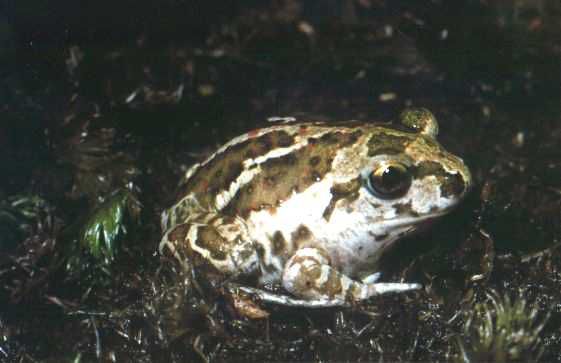
Common Spadefoot Toad
Intestinal Blockage
Toads were not created to live in captivity . This is not to say that herpetology should be avoided. Rather, it is merely to suggest that herpetologists need to do their best to replicate a toad’s natural environment. And most toads do not live and feed in areas with a heavy presence of gravel.
. This is not to say that herpetology should be avoided. Rather, it is merely to suggest that herpetologists need to do their best to replicate a toad’s natural environment. And most toads do not live and feed in areas with a heavy presence of gravel.
All of this is to say that it is easy for toads to accidentally ingest gravel when feeding. Other enclosure materials, like walnut shells, can be equally problematic. Accidentally ingesting a piece can lead to an intestinal blockage that manifests itself in bloating. In such a case, the bloating is the result of edema – a buildup of fluid in the animal’s body.
The danger of intestinal blockages is that they can be fatal. You would hope that your pet toad passes the blockage naturally. Most of the time it will. But an especially persistent blockage may not pass. If it does not, the toad will die.
Water Impurities
Believe it or not, toads can be stricken with dropsy, a condition that manifests itself in swelling of soft tissue due to the accumulation of water. What would cause dropsy in a toad? Impurities in its water. For example, toads should never be given chlorinated water. Chlorine does not play well with a toad’s internal systems. It can induce dropsy that leads to bloating.
Bacteria and a higher-than-normal phosphorus level can cause much the same thing. On the first signs of bloating, experts generally recommend testing the water. If that is not possible, cleaning the toad’s water dish and refilling it with filtered water is a good idea.
Bacterial Infection
There are not a lot of things that can harm a toad in captivity. When toads do get ill though, the problems can often be traced back to bacterial infections. Bloating can be a sign of such an infection, especially when it occurs in conjunction with open sores or lesions on the skin.

American Toad 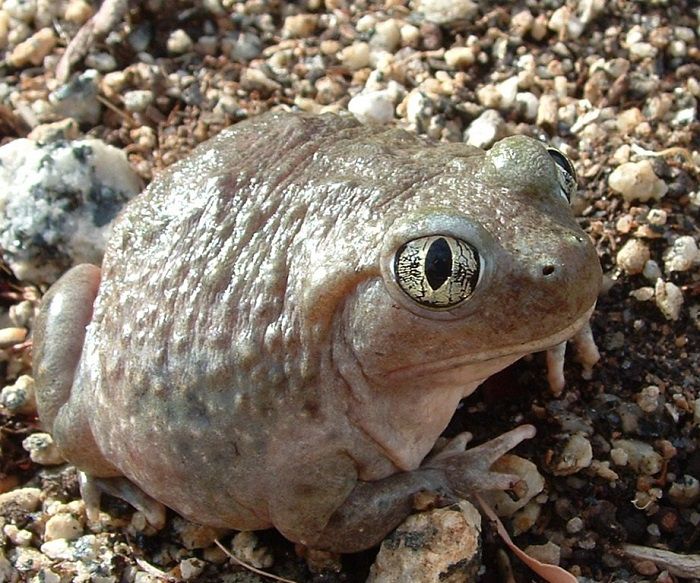
Western Spadefoot Toad 
European Fire-Bellied Toad
Bloating As a Defense Mechanism
Some species of toads intentionally display bloating as a defense mechanism. It warns predators to stay away. How would you know this is the case with your toad? It would appear intermittently and only temporarily. For example, you might only notice bloating when you have to handle your toad – like when you remove it from its enclosure prior to cleaning.
When to Worry
Bloating does not necessarily indicate that something is wrong. The time to worry is when you notice persistent bloating that doesn’t seem to resolve in a day or two. Also be concerned if your toad is not feeding and defecating. This is a sure sign of an intestinal blockage.
If you are concerned about bloating, a veterinarian with experience in treating exotic pets should be able to help. In the absence of such a vet in your local area, there are online resources that might point you in the right direction.
Photo Credits:
Featured Image (Mexican Burrowing Toad): Pstevendactylus – CC BY-SA 3.0
European Fire-Bellied Toad: Marek Szczepanek – CC BY-SA 3.0
– CC BY-SA 3.0
Western Spadefoot Toad: Takwish – CC BY-SA 2.5
– CC BY-SA 2.5
American Toad: Cephas – CC BY-SA 3.0
– CC BY-SA 3.0
Common Spadefoot Toad: Franco Andreone – CC BY-SA 2.5
– CC BY-SA 2.5
Helmeted Water Toad: José Grau de Puerto Montt – CC BY-SA 3.0
– CC BY-SA 3.0
Common Midwife Toad: Christian Fischer – CC BY-SA 3.0
– CC BY-SA 3.0

